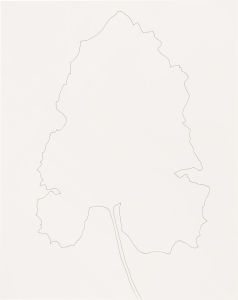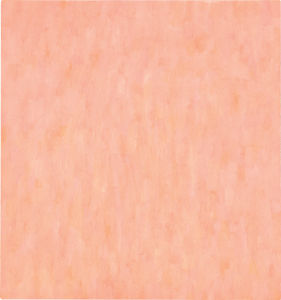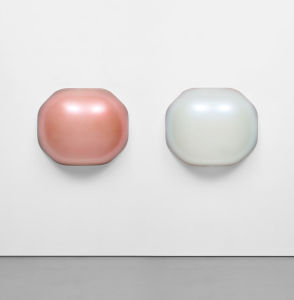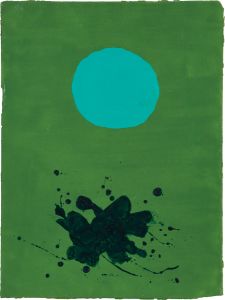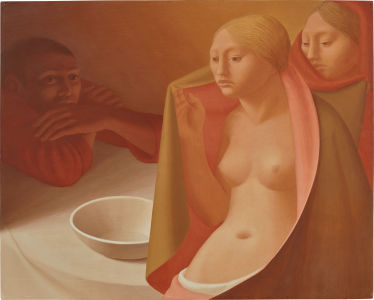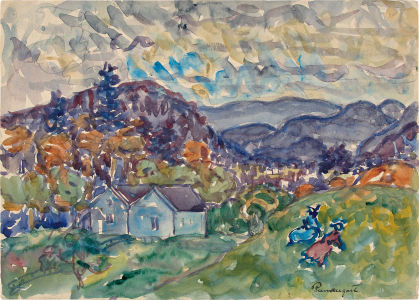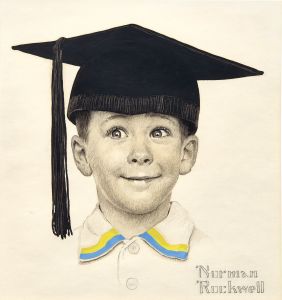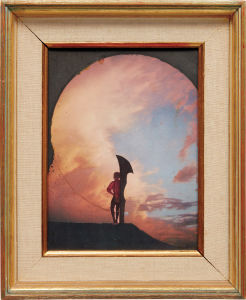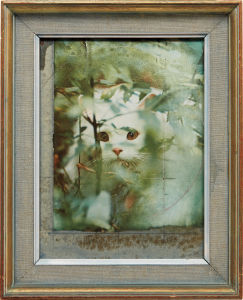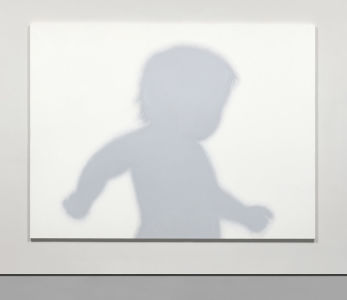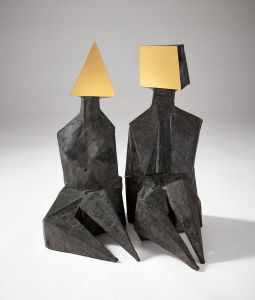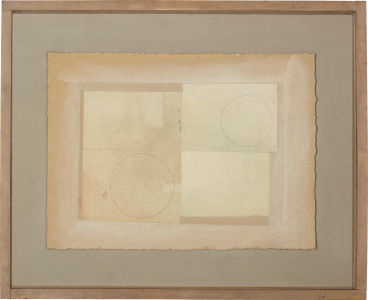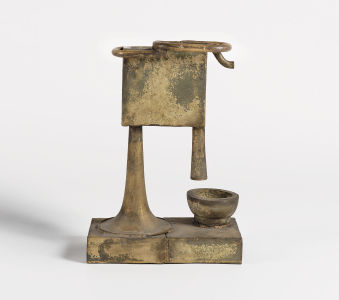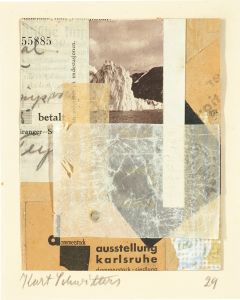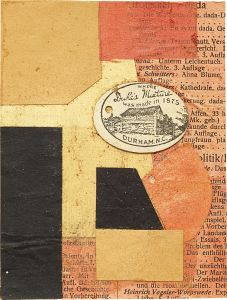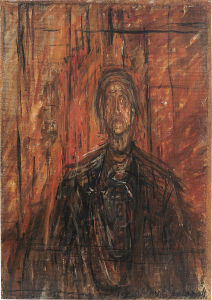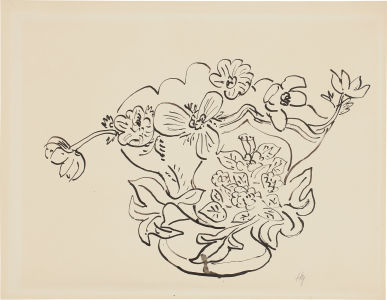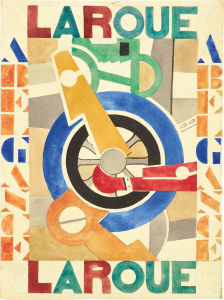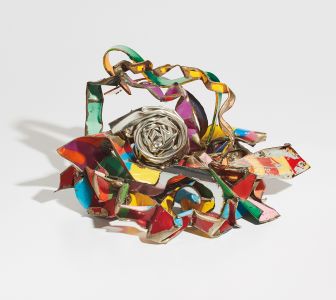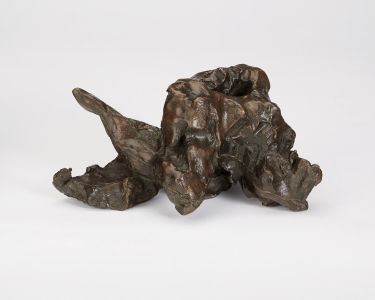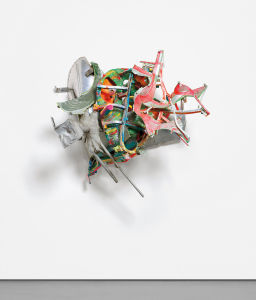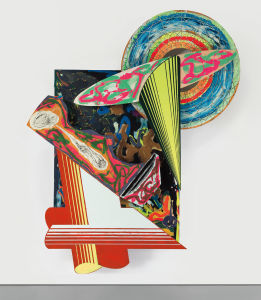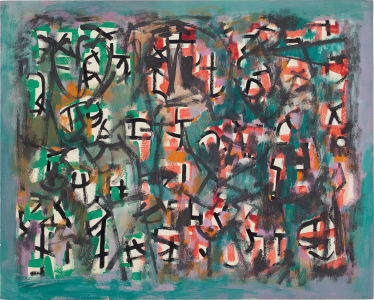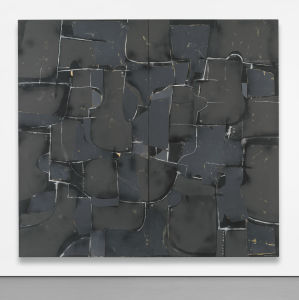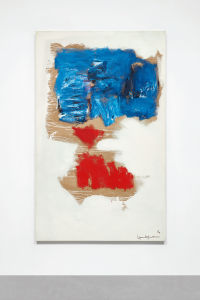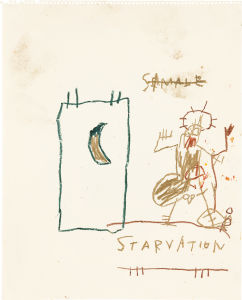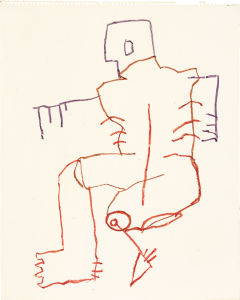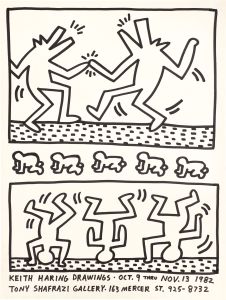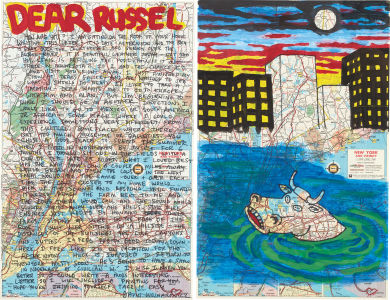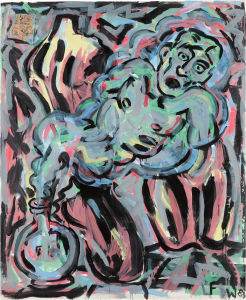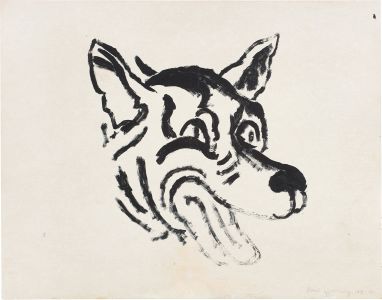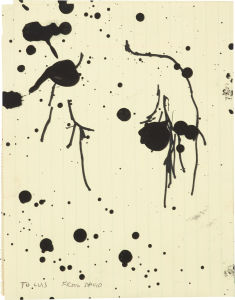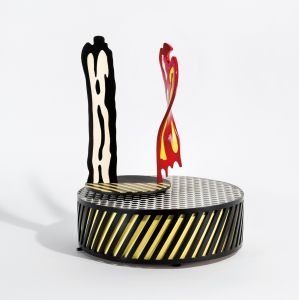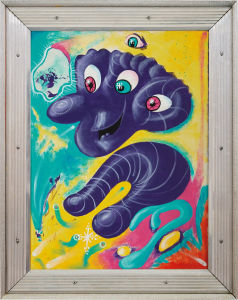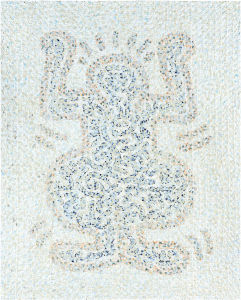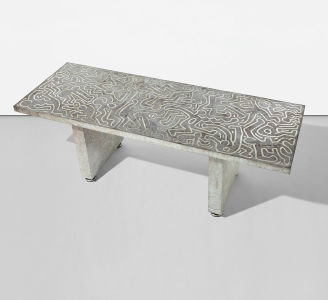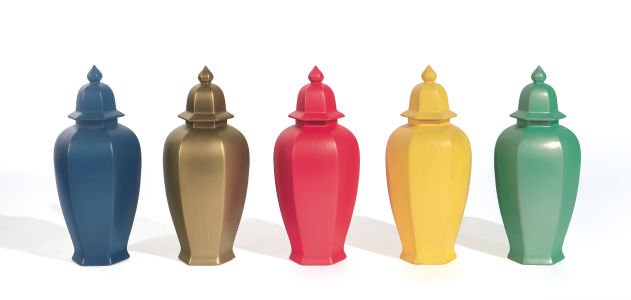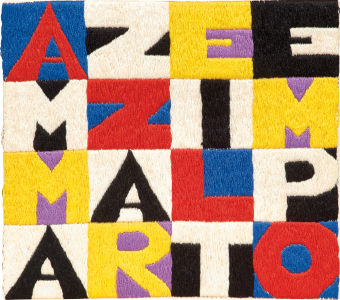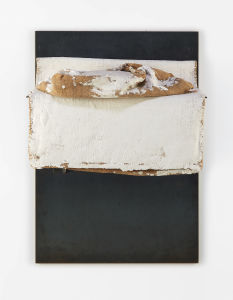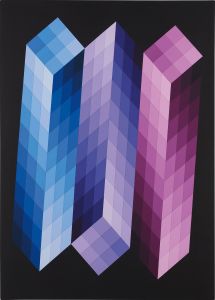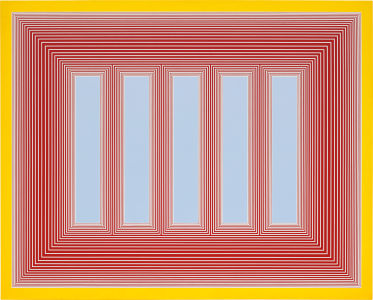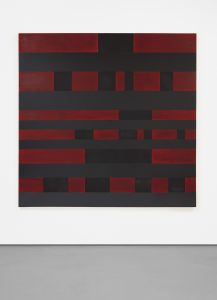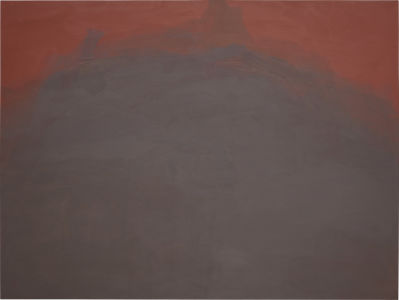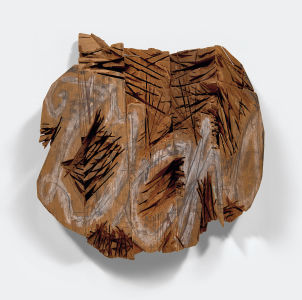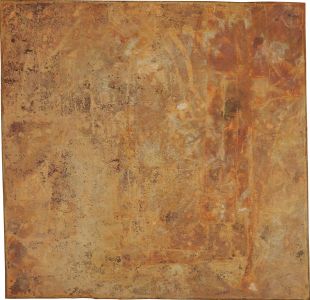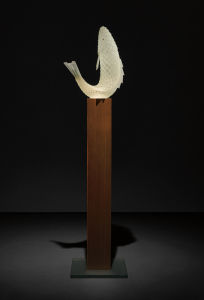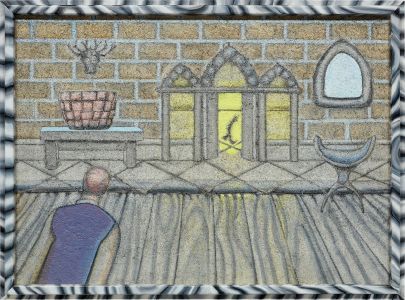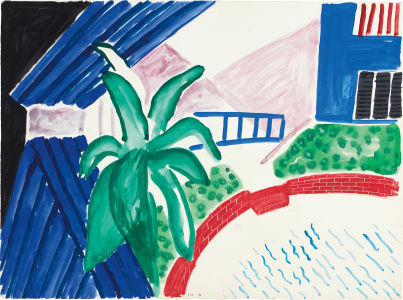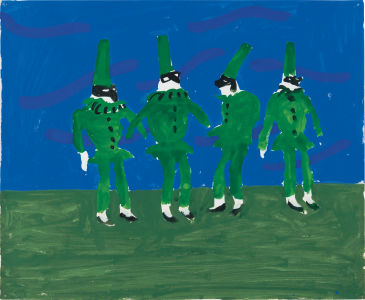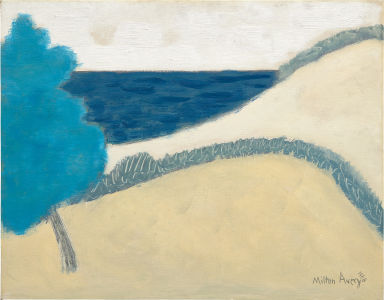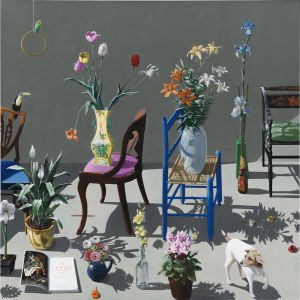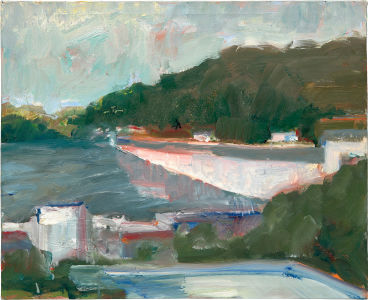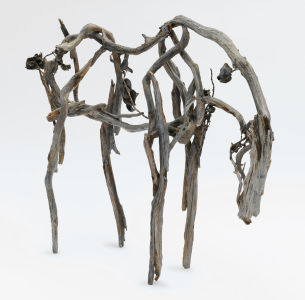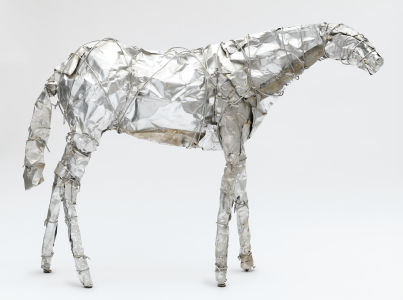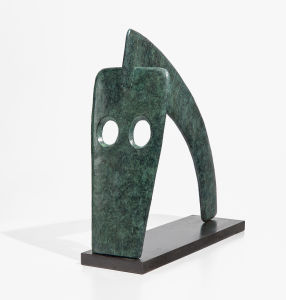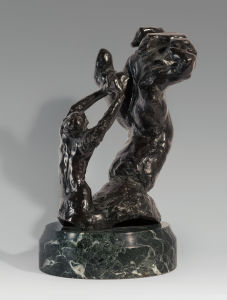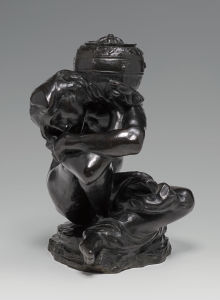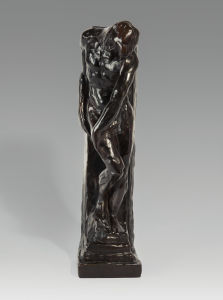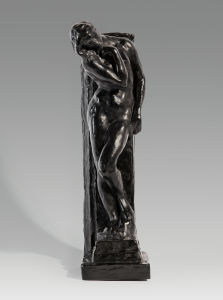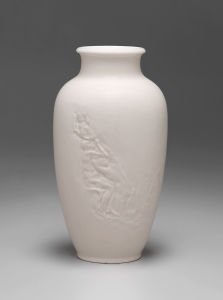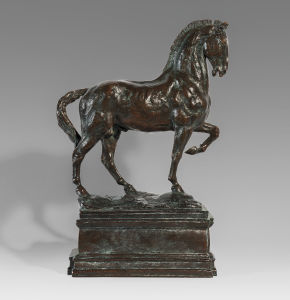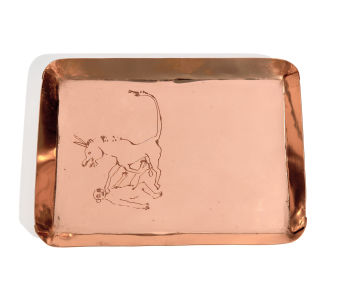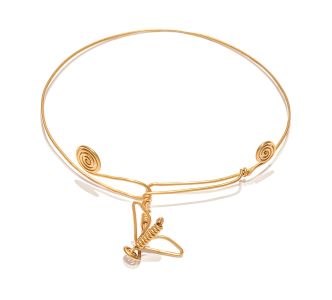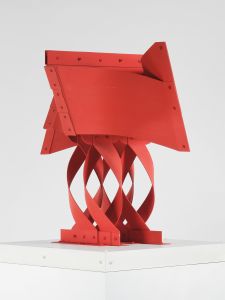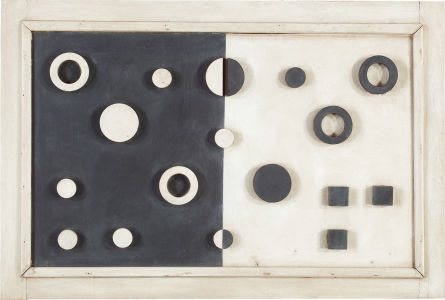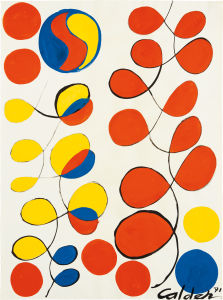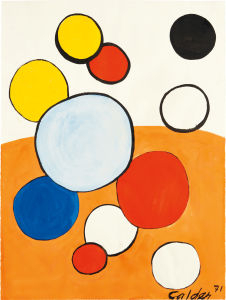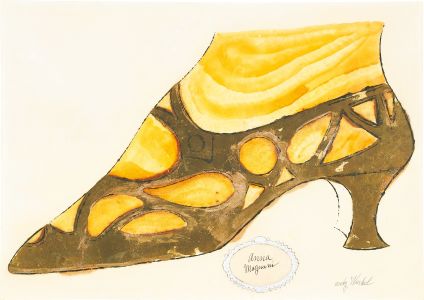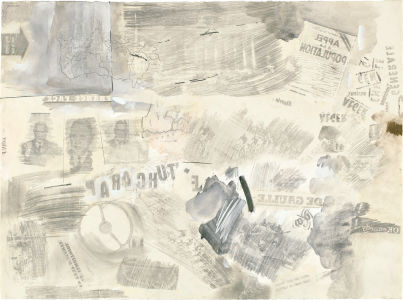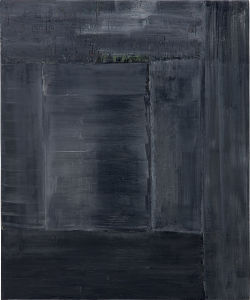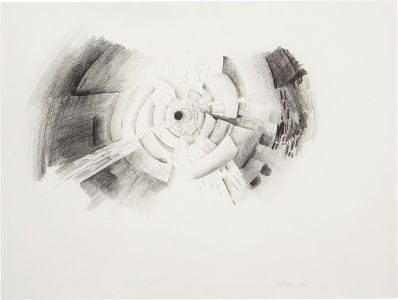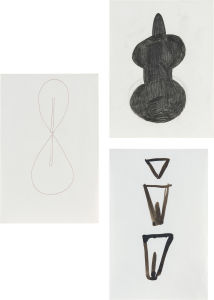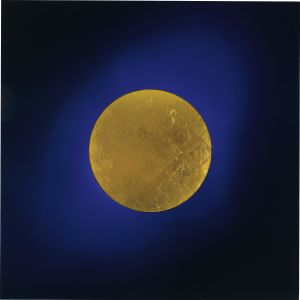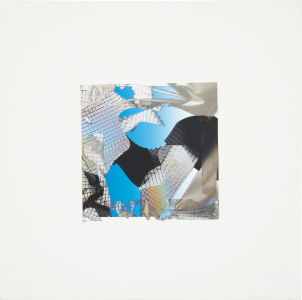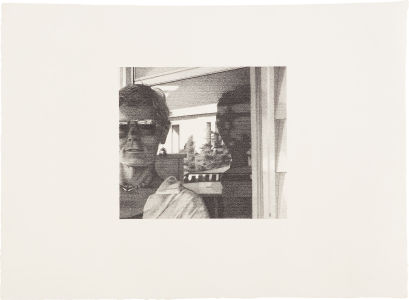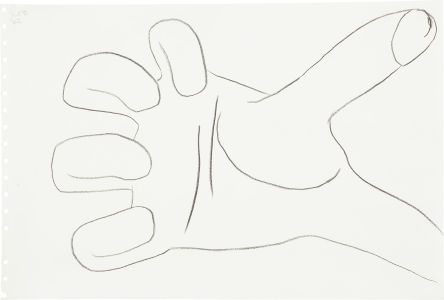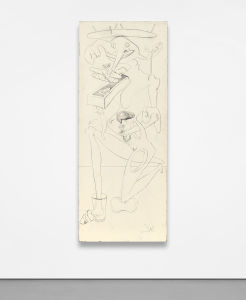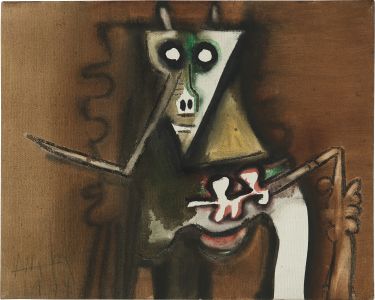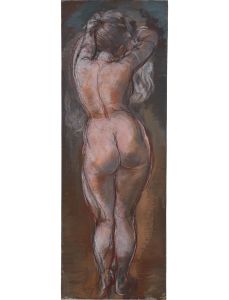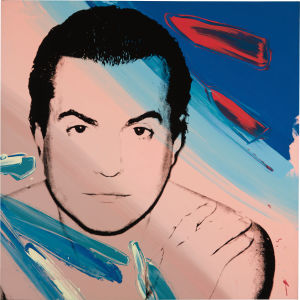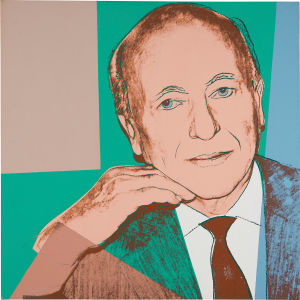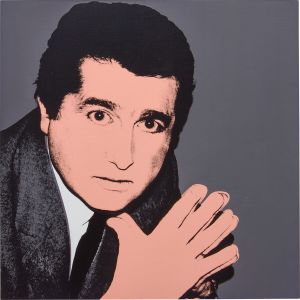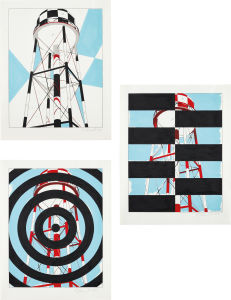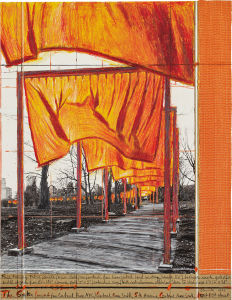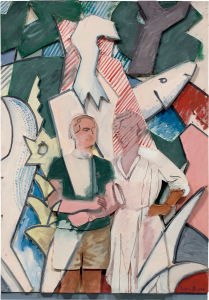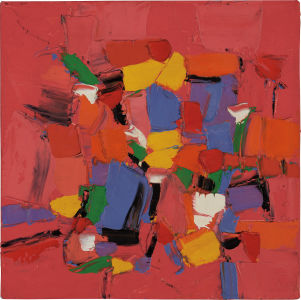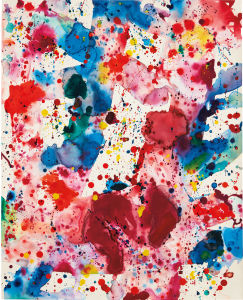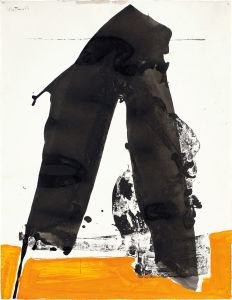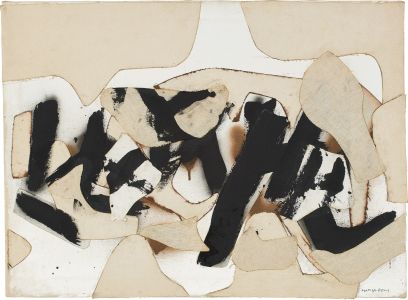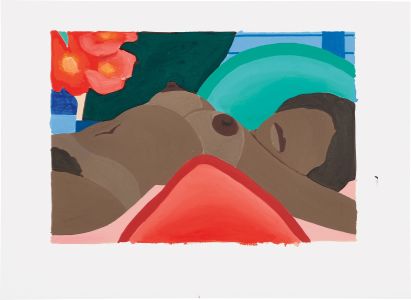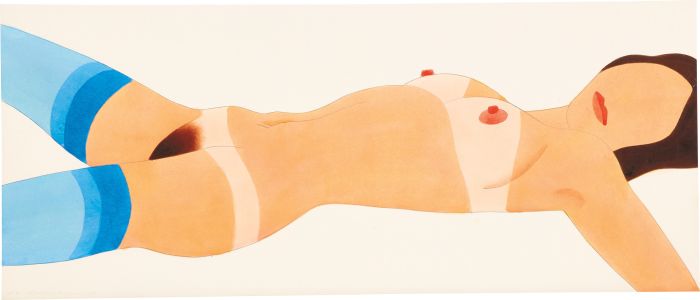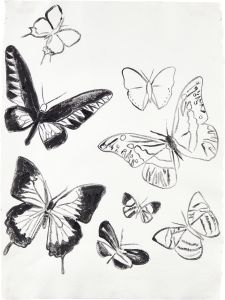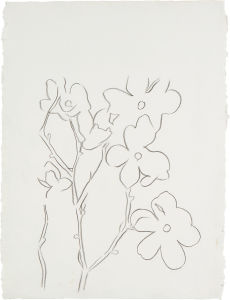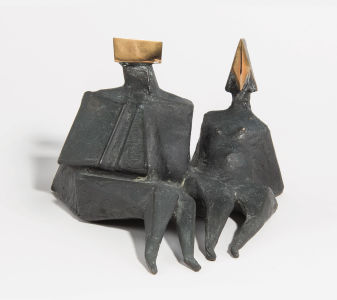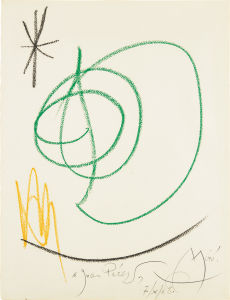Born in San Juan in 1924, Puerto Rican-American artist Olga Albizu was a key figure in American Abstract Expressionism as well as one of the pioneers of Puerto Rican modernism. Growing up in a prominent Puerto Rican family, she had access to rich cultural experiences from a very young age, but it was only when studying under Spanish-born abstractionist Esteban Vicente between 1945 and 1947 that she would discover her true vocation and passion for painting.
In 1948, she was awarded a postgraduate fellowship to study abroad in New York from the University of Puerto Rico. Upon arrival, she enrolled at the Hans Hofmann School of Fine Arts where she would spend a year studying the German master’s impressions as a brilliant colorist and his signature “push and pull” technique. Although perhaps sometimes overlooked, Albizu worked alongside and influenced other post-war female artists such as Grace Hartigan, Helen Frankenthaler and Lee Krasner, her contemporaries in second generation Abstract Expressionism.
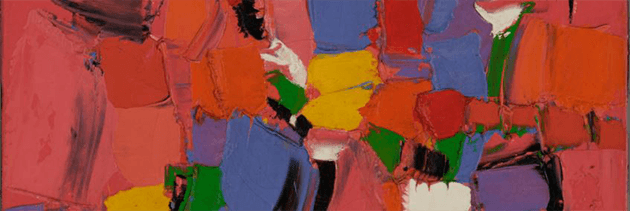
In 1949 Albizu continued her studies at the Art Students League, where she was granted high-level instruction in the precepts of modern art: the permission to attend life painting classes mostly taught by men. She had the opportunity to learn under Louis Priscilla, Will Barnet, Cameron Both, Morris Kantor, Carl Holty, and Vacalav Vytacil, one of the founders of the American Abstract Artists group, who was the strongest influence at the time to Albizu’s work.
As many women artists of this period, like Carmen Herrera, Joan Mitchell. or Elaine de Kooning, Albizu faced oppressive gender critique and exclusion from institutional and gallery shows. Obtaining gallery representation was a challenging undertaking. Her first solo show in New York took place only in 1956 at the Panoras Gallery in Midtown Manhattan. The show, after eight years in New York, was crucial for Albizu in defining herself as a professional artist confronting the coloniality of power in national and gendered terms and gave her paintings their first public exposure. "Albizu shows considerable range in her handling of singing colors, putting them together in dense masses composed of heavy but sure strokes…her work has the mark of promise."
—Dore Ashton
Between 1956 and 1971, amid the recognition of her work by Jose Gomez Sicre, the curator and Chief of the Visual Arts section at the Pan American Union, as well as her participation in various solo and group exhibitions in Puerto Rico and in the continental Unites States, Albizu began to be recognized internally for the importance of her work within the context of both American post-war abstraction and 20th century Latin American art. “Her work is exemplary of what I provisionally define as a border practice, seen to emerge from the disjunction between her vocational identity as an abstract artist and her historiographical inscription as a Puerto Rican woman,” art historian Abigail McEwen elucidated. “Drawing on the conceptualization of Puerto Rican New York as a post national, borderland state, on account of the period’s mass migration, I suggest that Albizu’s border practice contested tropes of American exceptionalism and Puerto Rican independence, repurposing the codes of abstraction to construct a multidimensional American identity.”i
Painted circa 1970s, Untitled is a prime example of Albizu's more mature approach; painted on an intimate scale, it presents intensely vivid impasto in a meticulously rhythmically-knit composition. Her palette undoubtedly pays homage to her Puerto Rican heritage. As McEwen recognized, these late paintings possess a radiant equanimity. Freer in their paint handling and color arrangements than her earlier works, they resound with a chromatic intensity and with harmonies that rise and fall, and which are richly calibrated through hue and texture.



